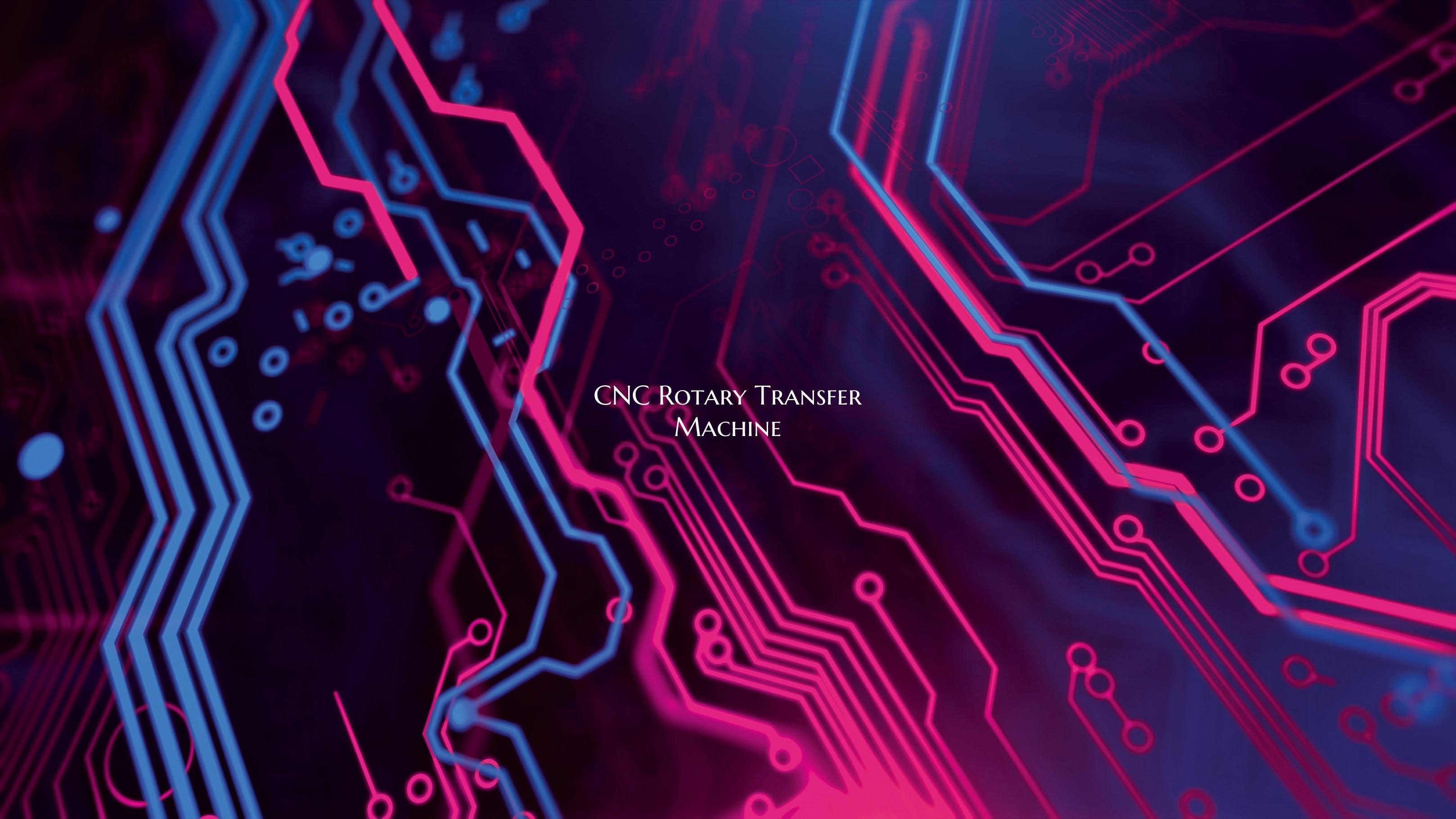CNC Rotary Transfer Machine
Introduction: In the world of manufacturing, efficiency and precision are paramount to success. One technology that has revolutionized the production processes in various industries is the CNC (Computer Numerical Control) Rotary Transfer Machine. This advanced piece of equipment has enabled manufacturers to streamline their operations, improve productivity, and enhance the quality of their products.
What is a CNC Rotary Transfer Machine? A CNC Rotary Transfer Machine is a versatile manufacturing tool that integrates multiple machining operations into a single automated process. It consists of a rotating table or indexing turret, on which multiple workpieces can be simultaneously processed using various cutting tools. This enables the machine to perform drilling, milling, turning, threading, and other machining operations in a highly efficient manner.
Benefits of CNC Rotary Transfer Machines: 1. Increased Productivity: By performing multiple operations in a single setup, CNC rotary transfer machines significantly reduce cycle times and increase throughput, leading to higher productivity levels. 2. Precision and Consistency: The computer-controlled nature of CNC technology ensures precise and consistent machining of workpieces, resulting in high-quality finished products. 3. Cost-Effectiveness: Despite their initial investment costs, CNC rotary transfer machines can offer long-term cost savings by reducing labor costs, minimizing scrap, and optimizing production processes. 4. Flexibility: These machines can be programmed to accommodate different workpieces and production requirements, making them highly versatile in various manufacturing environments. 5. Improved Safety: Automation of machining processes in CNC rotary transfer machines enhances workplace safety by reducing the risk of human errors and accidents.
Applications of CNC Rotary Transfer Machines: CNC rotary transfer machines find applications in industries such as automotive, aerospace, medical devices, electronics, and more. They are commonly used for mass production of components such as gears, shafts, valves, and other complex parts that require precision machining.
Conclusion: In conclusion, CNC rotary transfer machines have transformed the manufacturing landscape by offering a combination of efficiency, precision, and versatility. As technology continues to advance, these machines will play a crucial role in meeting the evolving demands of the industry. Manufacturers looking to enhance their production capabilities and stay ahead of the competition can benefit greatly from incorporating CNC rotary transfer machines into their operations.

